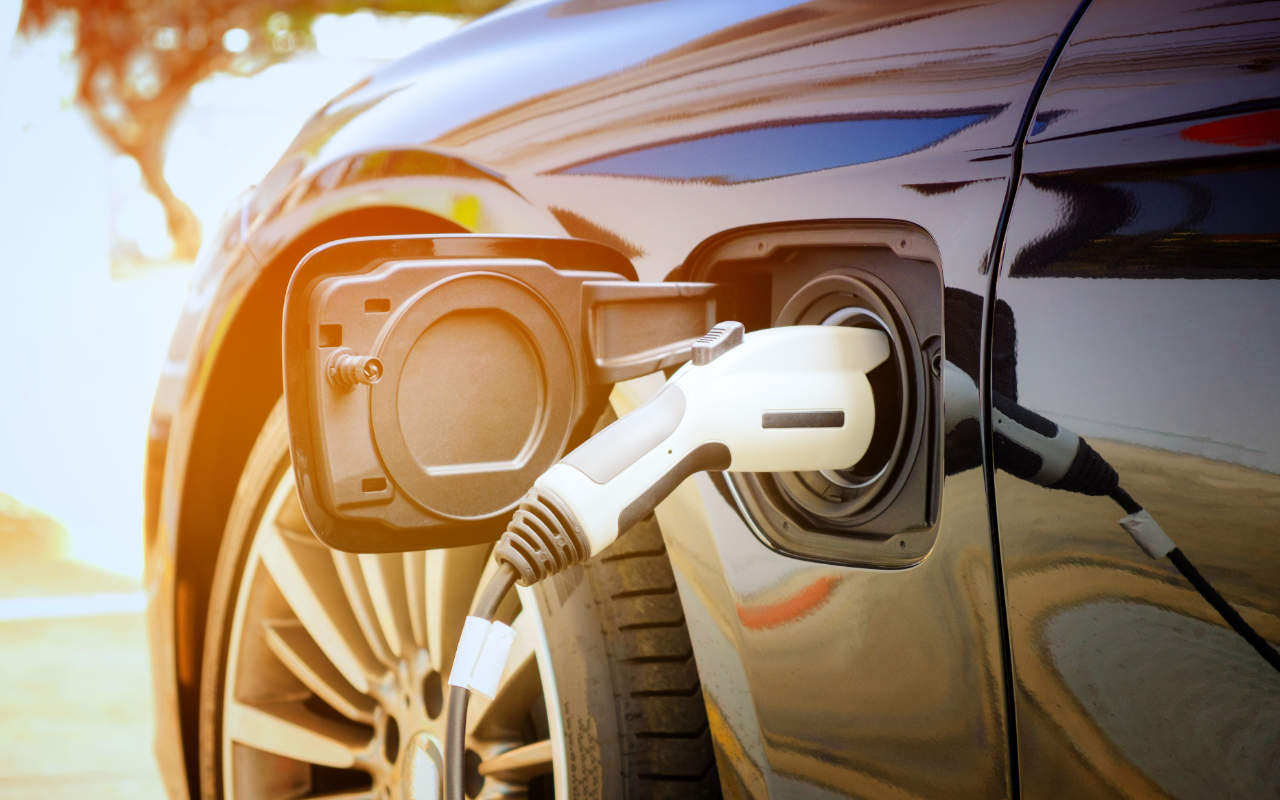- Electric vehicle (EV) complaints submitted by consumers to The Motor Ombudsman rise in the second quarter (Q2) of 2023 to 291, versus the total of 273 recorded between January and March this year (Q1)
- Customer service and purchase issues continued to dominate the concerns raised by consumers, making up nearly a third of those reported between 01 April and 30 June
- Complaints about range discrepancies halved from 12% in Q1 2023 to 6% in Q2 2023 as a proportion of disputes
- On-board vehicle charging systems generated the least amount of problems in the second quarter of 2023, at just 5% of disputes submitted to The Motor Ombudsman
THERE’S been a rise in the number of complaints to The Motor Ombudsman about EVs.
True, it’s a small increase only – and perhaps to be expected as EV sales increase.
And The Motor Ombudsman says it shows an overall positive outlook, despite the increase.
Its records show that between 01 April and 30 June 2023, motorists logged a total of 291 cases with its Alternative Dispute Resolution (ADR) service. This surpassed the previous tally of 273 in the first quarter.
Consumer concerns in relation to the customer service received from a business, and at the point of buying an electric vehicle, continued to be the main source of discontent during the past three months, accounting for 31% of complaints logged by motorists (down slightly from 32% in the first quarter of this year).
Examples of issues raised by consumers, included:
- delays to scheduled delivery dates;
- cars arriving for handover with the incorrect specification due to parts shortages;
- orders being cancelled without customer authorisation;
- pre-agreed part-exchange values being changed;
- and vehicles being registered with the incorrect owner details.
- The Ombudsman reported that post-purchase issues stemmed from service bookings and recall work appointments not being honoured, and the supply of replacement parts being held up for repairs.
Mirroring the first quarter of 2023, the vehicle chassis and motor area was responsible for causing a fifth (20%) of electric vehicle disputes.
The report said that dissatisfaction resulted from braking issues, such as failures of the regenerative system, stuck calipers, and wheel trims bending from brake heat.
Electric traction faults also caused tyre blow outs, whilst problematic motors have led to vehicle breakdowns.
With vehicles increasingly reliant on electronics and software to stay on the move, problems arising in this area accounted for 14% of issues reported about EVs in quarter two.
Faults between the high- and low-voltage systems, and boot lids unlocking themselves, were amongst the concerns reported to the Ombudsman by vehicle owners.
App glitches prevented vehicles from pre-heating and charging, and consumers being unable to register vehicles to activate some user functions.
The exterior of EVs saw a greater proportion of complaints in the second quarter at 10%, than in the first three months of the year (6%).
Problems with the paintwork and finish, such as differing shades on bumpers and door handles to the rest of the car, and missing protective coating on delivery, were amongst examples cited by customers to the Ombudsman.
Blocked bonnet drainage slots which caused internal water damage, failures of the dynamic headlights, and faulty bonding on wheel arches causing leaks, were also some of the difficulties noted by consumers.
Concerns about the interior witnessed a positive fall from 10% to 8%.
Issues spanned aesthetics-related problems, namely worsening indentations appearing in the base of leather seats, and scratches on gear selectors, to chipped infotainment screens in new cars.
Cabin system have also generated an element of discontent, due to the likes of digital radio failures when the climate control is on, digital dashboard screens going blank while driving, and personal memory seat preferences failing to store.
Although they continue to make up a very small proportion of EV disputes overall, batteries have driven a slight rise in complaints, from 4% in Q1 to 6% in Q2, which was mainly the result of hardware faults.
In contrast, falling back from 12% of complaints in the first three months of 2023, to just 6% in the second quarter, has been in relation to the delivery of actual versus advertised range – a key requirement for EV adopters.
Whereas complaints to the Ombudsman relating to distance travelled on a full charge were much more prevalent at the beginning of the year, as the country experienced periods of colder weather, these reduced with the onset of spring and summer.
However, cases remain from customers deeming to have been mis-sold their vehicle, as their usage has not achieved manufacturer-quoted range figures from their perspective.
Issues with on-board vehicle charging hardware were subject to the fewest number of complaints between March and June at 5%, although these rose slightly from Q1 (4%).
Instances reported pertained to the inability to rapid charge, and charging flaps locking in a closed position.
From the individuals who submitted an EV complaint during the past three months, a full refund (16%), the rejection of a vehicle (16%), and compensation (16%) emerged as the preferred resolutions for consumers to help bring their dispute to a close.
In addition, for those motorists who attributed a monetary amount to their desired outcomes, the average value equated to £12,550, down from the £13,000 figure recorded during the first three months of 2023.
What our latest quarterly data analysis is showing, is that despite the volume of complaints starting to creep up, these still account for less than 1% of overall contacts received every quarter, therefore posting an encouraging picture that the majority of EV owners and buyers are enjoying what is a positive experience, with no major causes for concern.
The level of service delivered by businesses, and problems encountered at the point of purchase remains a key sticking point for motorists, but there are small signs this is beginning to improve. We will of course continue to keep a close eye on trends that emerge through the rest of this year, so as to keep industry and consumers informed about what we are seeing on the ground.
Bill Fennell, chief ombudsman and managing director of The Motor Ombudsman

Broker News Awards 2024 in pictures
The Broker News Awards 2024 took place at the Orrery in London’s Marylebone. Here are the pictures to remember the event

Broker of the Year 2024 winner profile: Synergy Car Leasing
Synergy Car Leasing was voted Broker of the Year 2024 by the judging panel – here’s the winner’s profile supported by Leasing.com

Broker News Awards 2024 – the winners
The Broker News Awards 2024 – supported by Fleet Procure – produced outstanding winners, with Synergy taking the Broker of the Year title

Broker News Newsletter 24 April 2024
Catch up on the latest leasing broker news in the 24 April 2024 Broker News newsletter

Leasing broker fleet down, but BCH is rising: analysis of BVRLA broker survey H2 2023
Analysis of the BVRLA leasing broker survey for H2 2023 shows the broker fleet is down, but BCH is on the rise

Novuna Vehicle Solutions and Select Lease by Mobilize add support to the Broker News Awards
Novuna Vehicle Solutions and Select Lease by Mobilize add support to the Broker News Awards 2024, which takes place in London on 25 April

Ralph Morton is the leading journalist in the leasing broker sector and editor of Broker News, the website which provides information and news for BVRLA-registered leasing brokers. He also writes extensively on the fleet and leasing market in both the UK and Europe.



